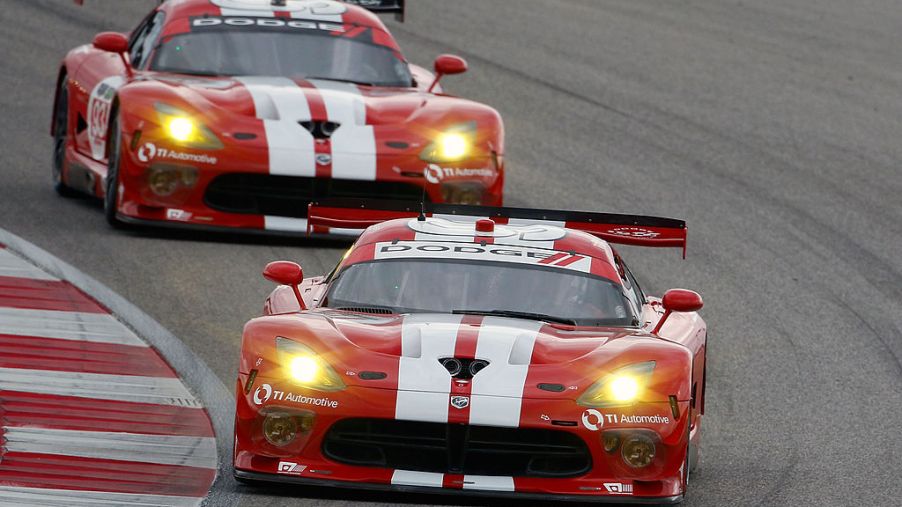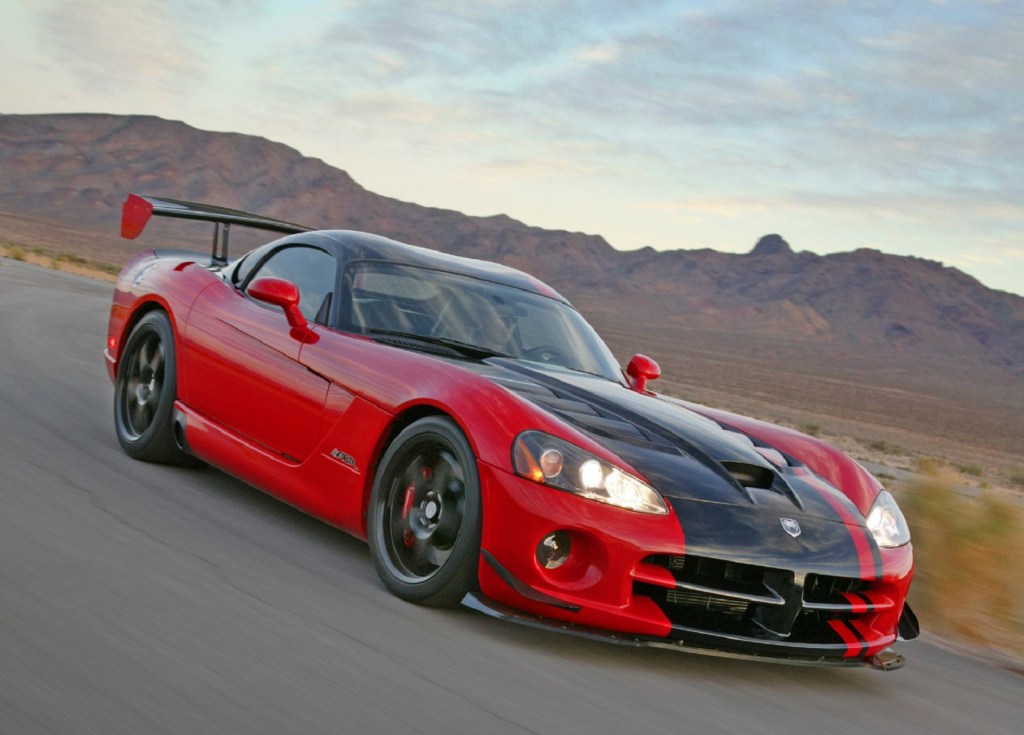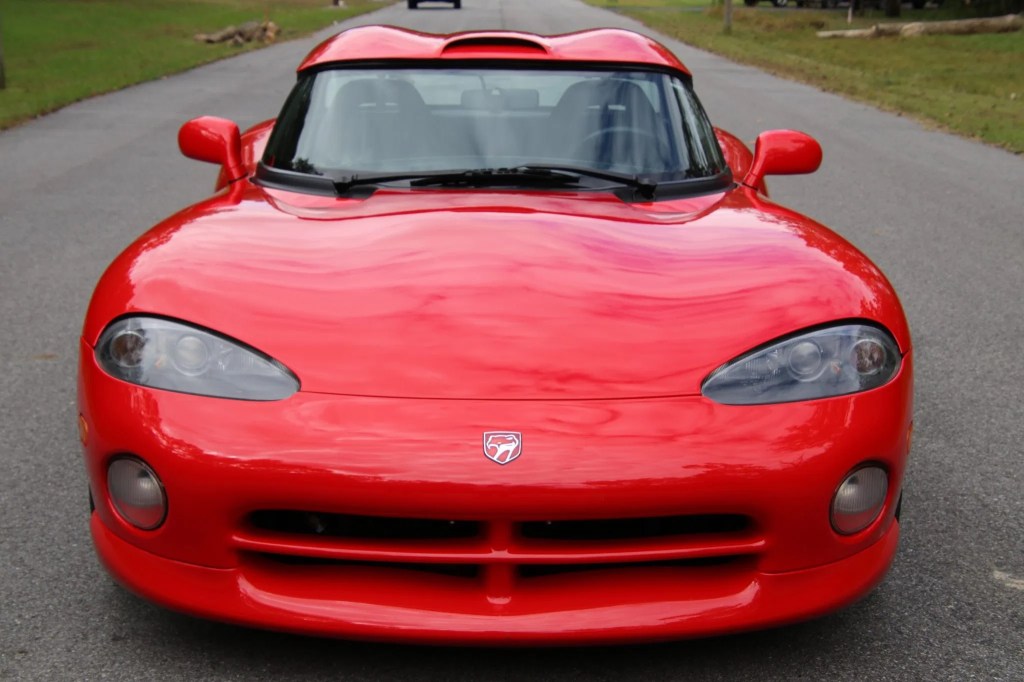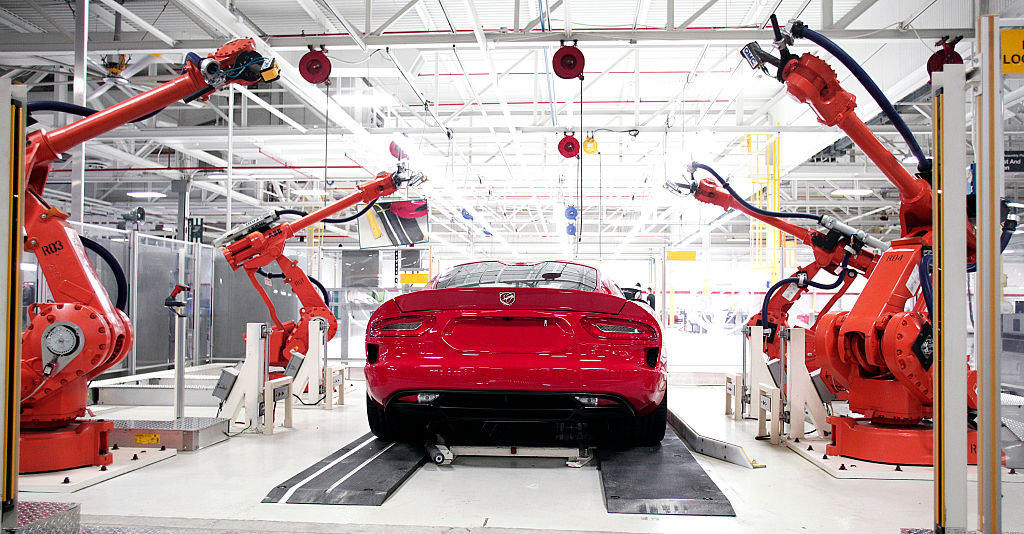
Dodge Viper Prices are Dropping But the Car is Still Deadly
The Dodge Viper is one of America’s iconic supercars. It’s everything that the market would want from a home-grown supercar: an obnoxious car with obnoxious performance. Under the hood of our Viper sits one of the biggest engines I’ve ever seen inside a car, an 8.3L V10 (though that size can vary slightly between trims and generations), and in the hands of an inexperienced driver, or even an experienced driver in the wrong road conditions, the Dodge Viper can prove deadly.
The car nicknamed the ‘widow-maker’
For decades, the Dodge Viper has held the nickname of widow-maker, and I can’t really argue. The cars are as dangerous to drive as they are striking, but in the hands of the right drive, they can be incredible track-ready machines. You could once pay a premium for a new Dodge Viper, and since they have been cut from production, they seem to maintain a pretty decent chunk of their value, varying between years and trim levels.
Luckily for fans of the car, the prices of some older generation have dropped to a more affordable used price, and you can occasionally find them for between $35,000 and $65,000 — but, of course, this isn’t true for excellent condition, low-mileage cars or certain trim levels.

A car of the experienced driver
The aggressive styling of the Dodge Viper reflects the aggressive driving abilities of the car. It offers power and handling in a way that most people would make many people describe it as a “true driver’s car,” and it’s hard to find something that lets you feel quite as connected with the road — or track. Unlike modern sports cars, however, the first generations of Dodge Viper lack any safety features that we take for granted in cars today, like traction control. As a car with a lot of power in the front and rear-wheel drive, less than ideal driving conditions can prove terrifying and dangerous for drivers of any experience level.

The end of production
Unfortunately, for the second time in the car’s history, the Dodge Viper has once again been cut from production, and that likely means that with time their value will once again begin to increase as they will become increasingly difficult to find, and, unfortunately, as more of them crash and become totaled. The Viper is a true piece of machinery, and unlike most vehicles that can be operated with little knowledge past what is required to drive an average passenger car, the Viper requires finesse and, on occasion, some fast thinking.

Although some years of the Dodge Viper have dropped into a more affordable price range, that doesn’t necessarily mean that any sports car enthusiast should be running to add it to their collection. With so much power and few safety features, the Viper is a heavy piece of machinery that deserves respect behind the wheel.


